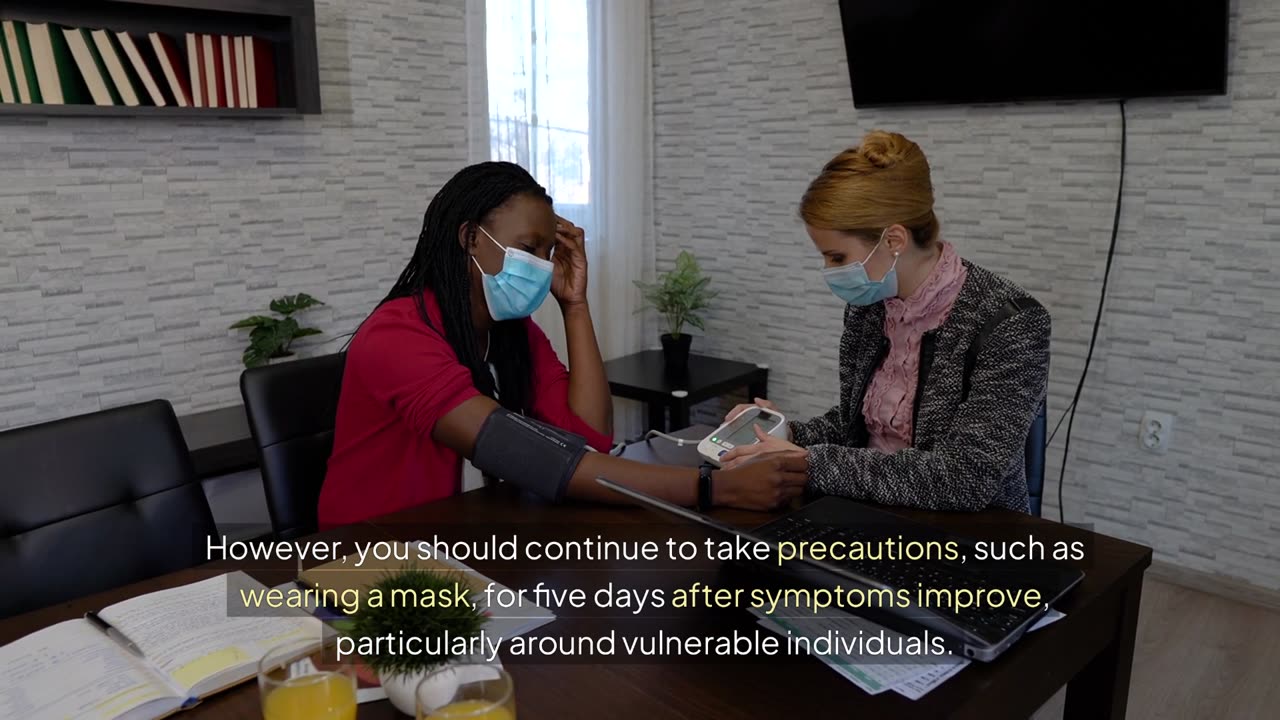Premium Only Content

the 3 New Era of COVID-19 Vaccines: What You Need to Know**
As the world continues to adapt to life with COVID-19, the landscape of vaccines has evolved yet again. With three new COVID vaccines now available, each designed to target the latest strains of the virus, there’s a lot to consider—from understanding the differences between these vaccines to navigating the new ways of paying for them. As we head into the fall and winter months, staying informed about your options is more crucial than ever. This article breaks down everything you need to know about the latest COVID vaccines, how they differ, and what changes have occurred in how they’re distributed and paid for.
**Section 1: The Arrival of New COVID-19 Vaccines**
### A Fresh Lineup for a Changing Virus
The FDA’s recent authorization of three new COVID vaccines—Moderna, Pfizer-BioNTech, and Novavax—marks a significant milestone in the ongoing fight against the virus. Unlike previous vaccines, these new formulas are tailored to more closely match the strains currently in circulation, offering better protection as the virus continues to mutate.
But what makes these vaccines different from those released last year? The answer lies in their composition. Moderna and Pfizer have updated their mRNA vaccines to target a more recent strain of the virus, while Novavax has developed a protein-based vaccine, a different approach that may appeal to those hesitant about mRNA technology. Understanding these differences is key to making an informed decision about which vaccine might be right for you.
**Section 2: Availability and Accessibility of the New Vaccines**
### When and Where You Can Get Vaccinated
With the CDC recommending the new COVID vaccines for everyone aged 6 months and older, the question on many minds is: when and where can you get them? The good news is that the vaccines are now available at pharmacies and healthcare providers nationwide. However, the process of obtaining them may be slightly different from what we’ve become accustomed to during the height of the pandemic.
To find out which vaccines are available near you, a quick search on Vaccines.gov by ZIP code can point you in the right direction. Alternatively, checking directly with your local pharmacy can ensure they have your preferred vaccine in stock. The rollout aims to be as seamless as possible, but with three different vaccines to choose from, it’s worth taking the time to select the one that best suits your needs.
**Section 3: Paying for the New COVID Vaccines**
### The Shift from Government Coverage to Insurance
One of the most significant changes in this new phase of the pandemic is how COVID vaccines are paid for. During the earlier stages of the pandemic, the federal government covered the cost of vaccines, ensuring they were free for everyone. However, that coverage has now shifted to a more traditional healthcare model.
For most people, the cost of the new COVID vaccines will be covered by insurance, including Medicare. However, for those without insurance, the situation is more complicated. While the government’s Bridge Access Program previously provided free vaccines to uninsured individuals, this program ended in August due to a lack of funding. As a result, uninsured adults may now face out-of-pocket costs of up to $200 for a COVID vaccine—a significant change that could impact access for many.
Children, however, remain eligible for free vaccines under a separate program, ensuring that those under 18 can still receive protection at no cost. For adults, especially those without insurance, it’s crucial to explore options such as community health centers or public health clinics that may offer vaccines at reduced or no cost.
**Section 4: What to Do If You Test Positive for COVID-19**
### Navigating the New Guidelines and Treatment Options
The CDC has also updated its guidance on what to do if you test positive for COVID-19. The focus has shifted from strict isolation protocols to more general recommendations for managing any respiratory illness. If you test positive for COVID, the primary advice is to stay home while you’re symptomatic and take steps to prevent spreading the virus to others.
However, determining whether you have COVID, the flu, or another respiratory virus is still important, especially if you’re at higher risk of severe illness. Testing remains a valuable tool, and for those at higher risk—such as older adults or individuals with chronic conditions—early treatment is crucial. Antiviral medications like Paxlovid can reduce the severity of COVID-19, but they need to be started within the first few days of symptoms. Accessing these treatments is often straightforward through your primary care provider, pharmacist, or a Test to Treat center, which offers testing and treatment in one visit.
**Section 5: Living with COVID-19 in an Endemic World**
### Adjusting to a New Normal
As COVID-19 transitions from a pandemic to an endemic virus, the way we manage and live with it continues to evolve. The updated vaccines and revised guidelines reflect this shift, emphasizing a more balanced approach that integrates COVID into our broader understanding of seasonal illnesses like the flu.
The new CDC guidelines are designed to be easier to follow, focusing on what to do when you’re sick rather than adhering to strict rules based solely on a COVID test result. This includes staying home when unwell, returning to normal activities once you feel better, and taking additional precautions, like wearing a mask, for a few days after recovery.
This approach acknowledges the widespread immunity in the population, thanks to vaccines and previous infections, and the availability of treatments that can mitigate severe outcomes. However, it also underscores the importance of staying vigilant, especially as new variants emerge and as we enter the colder months when respiratory viruses are more prevalent.
**Conclusion: Staying Informed and Prepared**
As we navigate this new phase of living with COVID-19, staying informed and prepared is more important than ever. Whether it’s choosing the right vaccine, understanding how to access it, or knowing what to do if you get sick, being proactive about your health can make a significant difference. The landscape may have changed, but the goal remains the same: to protect yourself and those around you from the ongoing threat of COVID-19.
If you found this article helpful, please share it with others who might benefit from this information. Don’t forget to like, subscribe, and leave a comment below to share your thoughts or ask any questions you might have. Together, we can stay informed and healthy as we continue to adapt to life with COVID-19.
-
 4:29:05
4:29:05
Tate Speech by Andrew Tate
10 hours agoEMERGENCY MEETING EPISODE 92 - IN THE TRENCHES
674K1K -
 1:01:23
1:01:23
In The Litter Box w/ Jewels & Catturd
22 hours agoThe Trump Effect | In the Litter Box w/ Jewels & Catturd – Ep. 696 – 11/21/2024
45.7K22 -
 20:53
20:53
SLS - Street League Skateboarding
2 days agoGold Medals, World Class Food, Night life & more - Get Lost: Tokyo
43.6K4 -
 47:13
47:13
PMG
18 hours ago $0.35 earned"Hannah Faulkner and Doug Billings | WHY LIBERALS LOST THE ELECTION"
20.3K -
 59:01
59:01
The Liberty Lobbyist
4 hours ago"We Only Have NOW To Make a Difference"
22.3K2 -
 4:16:41
4:16:41
CatboyKami
6 hours agoStalker 2 Blind playthrough pt1
22.3K2 -
 1:06:27
1:06:27
Russell Brand
6 hours agoNeil Oliver on the Rise of Independent Media, Cultural Awakening & Fighting Centralized Power –SF498
193K261 -
 1:39:14
1:39:14
vivafrei
6 hours agoSoros Karma in New York! Tammy Duckwarth Spreads LIES About Tulsi Gabbard! Pennsylvania FLIPS & MORE
92.5K70 -
 1:57:36
1:57:36
The Charlie Kirk Show
6 hours agoInside the Transition + The Bathroom Battle + Ban Pharma Ads? | Rep. Mace, Tucker, Carr | 11.21.24
142K62 -
 59:20
59:20
The Dan Bongino Show
8 hours agoBitter CNN Goes After Me (Ep. 2375) - 11/21/2024
914K3.72K